Government updates law to ban drivers from using phone in any way, not just calling and texting
Gwyn Topham Transport correspondent
Sat 17 Oct 2020

The government will close the legal loophole which currently only defines the offence as “interactive communication”. Photograph: Alex Segre/Alamy
Drivers who use hand-held phones in any way behind the wheel will face £200 fines and possible bans when changes in the law take account of smartphones.
While making calls or texting on a hand-held mobile while driving is already illegal, taking photos, scrolling through a playlist or even playing games on phones has not been outlawed until now – allowing drivers to escape charges when spotted with a phone.
The government will update the law to close the legal loophole, which currently defines the offence as only “interactive communication”.
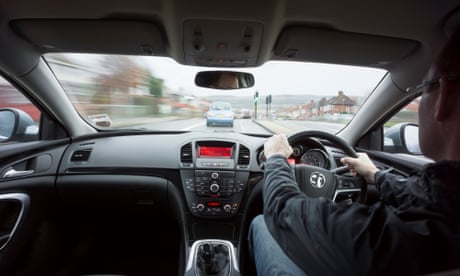
Ban hands-free phones in cars after rise in road deaths, MPs suggest
Roads minister Baroness Vere said: “Our roads are some of the safest in the world, but we want to make sure they’re safer still by bringing the law into 21st century.
“That’s why we’re looking to strengthen the law to make using a hand-held phone while driving illegal in a wider range of circumstances. It’s distracting and dangerous, and for too long risky drivers have been able to escape punishment, but this update will mean those doing the wrong thing will face the full force of the law.”
The government said the change, due to come into law after a 12-week public consultation, would allow police to take immediate action if they saw a driver holding and using a phone at the wheel. The offence will incur a £200 fine and six points on the driver’s licence. An automatic ban is normally triggered when drivers accrue 12 points through offences.
Advertisement
Motorists will still be able to use phones as devices to pay for goods or services at drive-through businesses such as takeaways.
A government spokeswoman said that motorists could still also use phones as satnavs, if not physically holding them. Drivers could still be prosecuted for driving without due care and attention if they try to type in directions at the wheel.
Chief constable Anthony Bangham, the lead for roads policing on the National Police Chiefs’ Council, said: “Using a mobile phone while driving is incredibly dangerous and being distracted at the wheel can change lives for ever. Police will take robust action against those using a hand-held mobile phone illegally, and proposals to make the law clearer are welcome.”
Motoring organisation the AA welcomed the tighter legislation. Jack Cousens, head of roads policy, said: “Drivers should be focused on the road ahead and not the tweet or email that has just pinged to their phone.”
But he added: “Closing the loopholes are one thing; getting more cops in cars to actually catch people in the act will help deter drivers further.”
The move may disappoint campaigners who called for ministers to go further and ban the use of hands-free functions while driving. Last year the Commons transport select committee recommended that the government consider outlawing the use of hands-free phones at the wheel, saying that they too posed a risk.
Drivers who use hand-held phones in any way behind the wheel will face £200 fines and possible bans when changes in the law take account of smartphones.
While making calls or texting on a hand-held mobile while driving is already illegal, taking photos, scrolling through a playlist or even playing games on phones has not been outlawed until now – allowing drivers to escape charges when spotted with a phone.
The government will update the law to close the legal loophole, which currently defines the offence as only “interactive communication”.

Ban hands-free phones in cars after rise in road deaths, MPs suggest
Roads minister Baroness Vere said: “Our roads are some of the safest in the world, but we want to make sure they’re safer still by bringing the law into 21st century.
“That’s why we’re looking to strengthen the law to make using a hand-held phone while driving illegal in a wider range of circumstances. It’s distracting and dangerous, and for too long risky drivers have been able to escape punishment, but this update will mean those doing the wrong thing will face the full force of the law.”
The government said the change, due to come into law after a 12-week public consultation, would allow police to take immediate action if they saw a driver holding and using a phone at the wheel. The offence will incur a £200 fine and six points on the driver’s licence. An automatic ban is normally triggered when drivers accrue 12 points through offences.
Advertisement
Motorists will still be able to use phones as devices to pay for goods or services at drive-through businesses such as takeaways.
A government spokeswoman said that motorists could still also use phones as satnavs, if not physically holding them. Drivers could still be prosecuted for driving without due care and attention if they try to type in directions at the wheel.
Chief constable Anthony Bangham, the lead for roads policing on the National Police Chiefs’ Council, said: “Using a mobile phone while driving is incredibly dangerous and being distracted at the wheel can change lives for ever. Police will take robust action against those using a hand-held mobile phone illegally, and proposals to make the law clearer are welcome.”
Motoring organisation the AA welcomed the tighter legislation. Jack Cousens, head of roads policy, said: “Drivers should be focused on the road ahead and not the tweet or email that has just pinged to their phone.”
But he added: “Closing the loopholes are one thing; getting more cops in cars to actually catch people in the act will help deter drivers further.”
The move may disappoint campaigners who called for ministers to go further and ban the use of hands-free functions while driving. Last year the Commons transport select committee recommended that the government consider outlawing the use of hands-free phones at the wheel, saying that they too posed a risk.

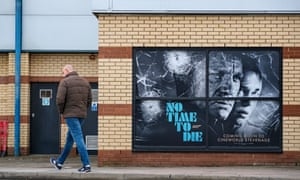

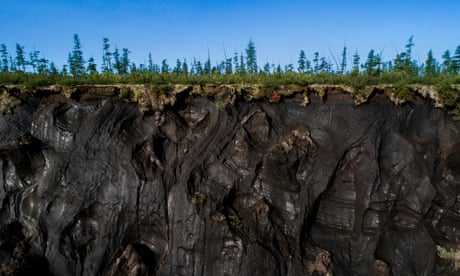


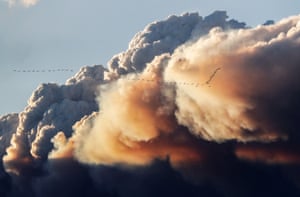

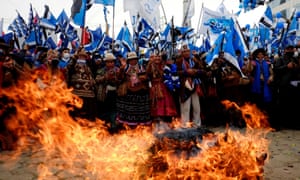
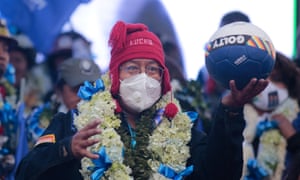



/cdn.vox-cdn.com/uploads/chorus_image/image/67642375/C7_01620_r.0.jpg)
:no_upscale()/cdn.vox-cdn.com/uploads/chorus_asset/file/21961827/C7_02675_r2.jpg)
:no_upscale()/cdn.vox-cdn.com/uploads/chorus_asset/file/21961818/C7_00236r.jpg)
:no_upscale()/cdn.vox-cdn.com/uploads/chorus_asset/file/21961811/C7_02912_CRr.jpg)
/cdn.vox-cdn.com/uploads/chorus_image/image/67643387/Prop_Weed.0.jpg)
:no_upscale()/cdn.vox-cdn.com/uploads/chorus_asset/file/21945897/marijuana_legalization_laws_states_map.png)
:no_upscale()/cdn.vox-cdn.com/uploads/chorus_asset/file/10085849/marijuana_legalization_options.png)
:no_upscale()/cdn.vox-cdn.com/uploads/chorus_asset/file/21948617/gallup_marijuana_legalization.png)
:no_upscale()/cdn.vox-cdn.com/uploads/chorus_asset/file/21948646/gallup_marijuana_legalization_by_party.png)
/cdn.vox-cdn.com/uploads/chorus_image/image/67643156/GettyImages_1180187740.0.jpg)